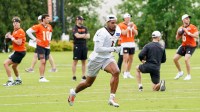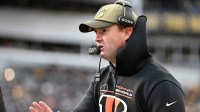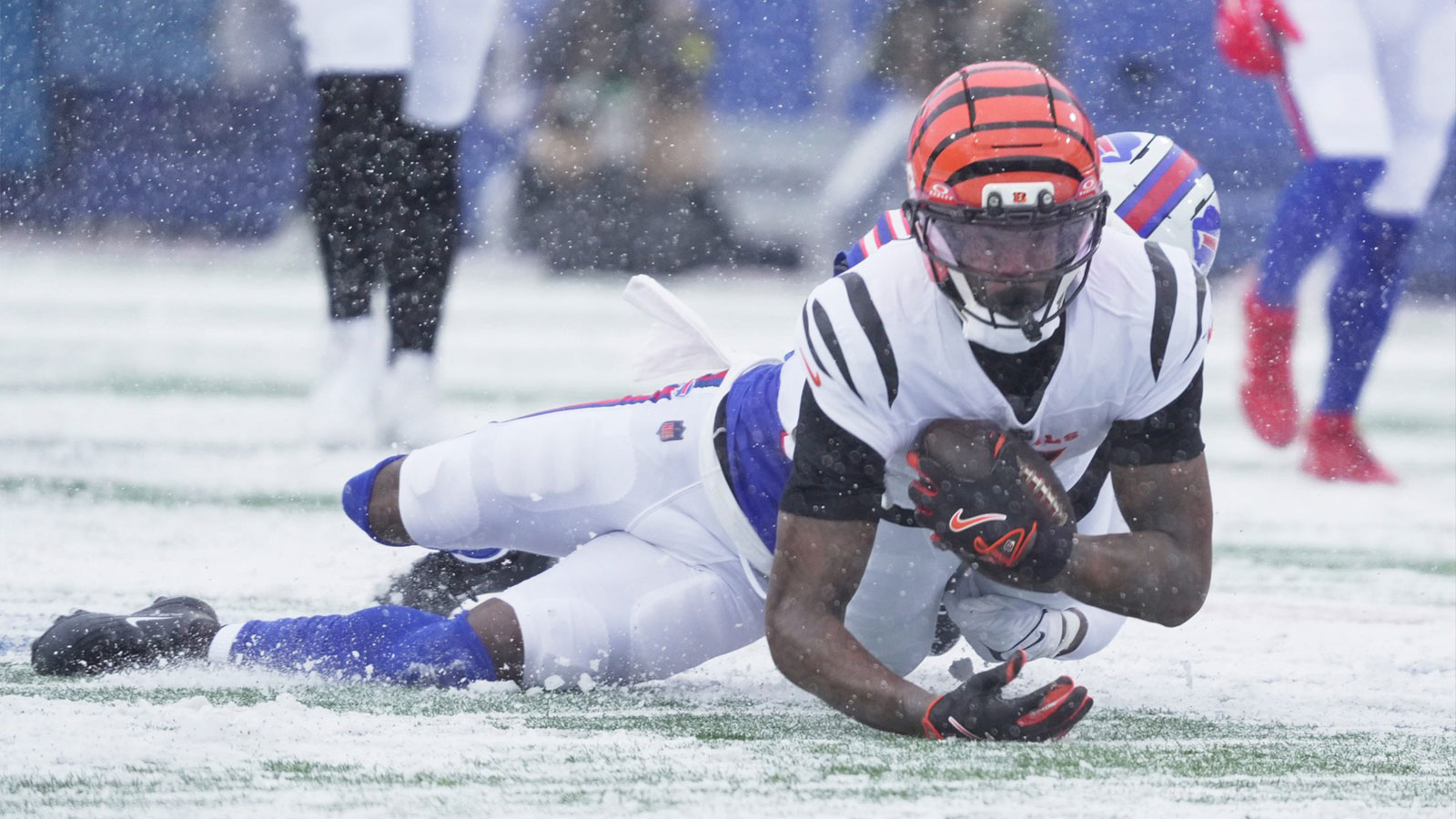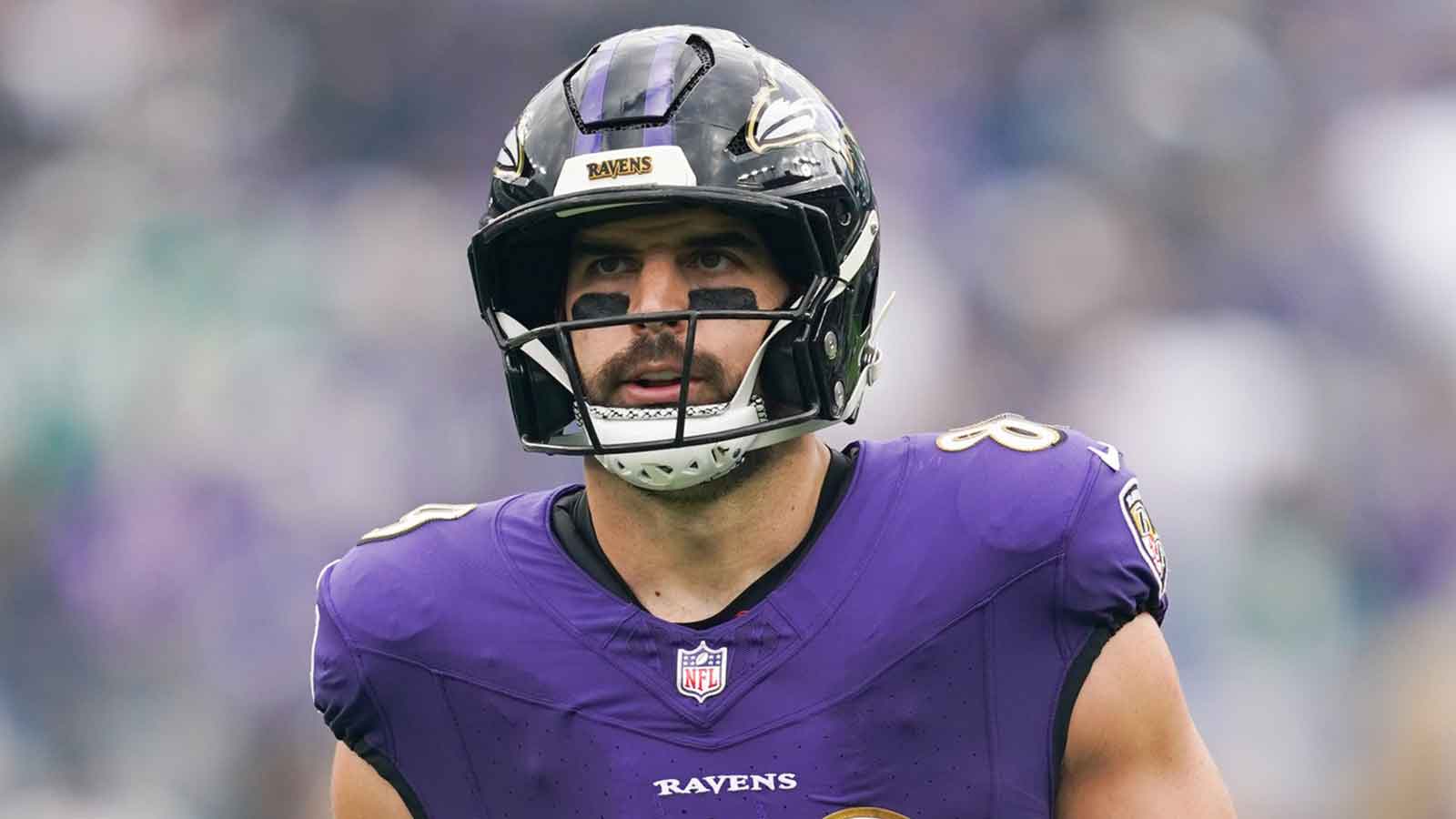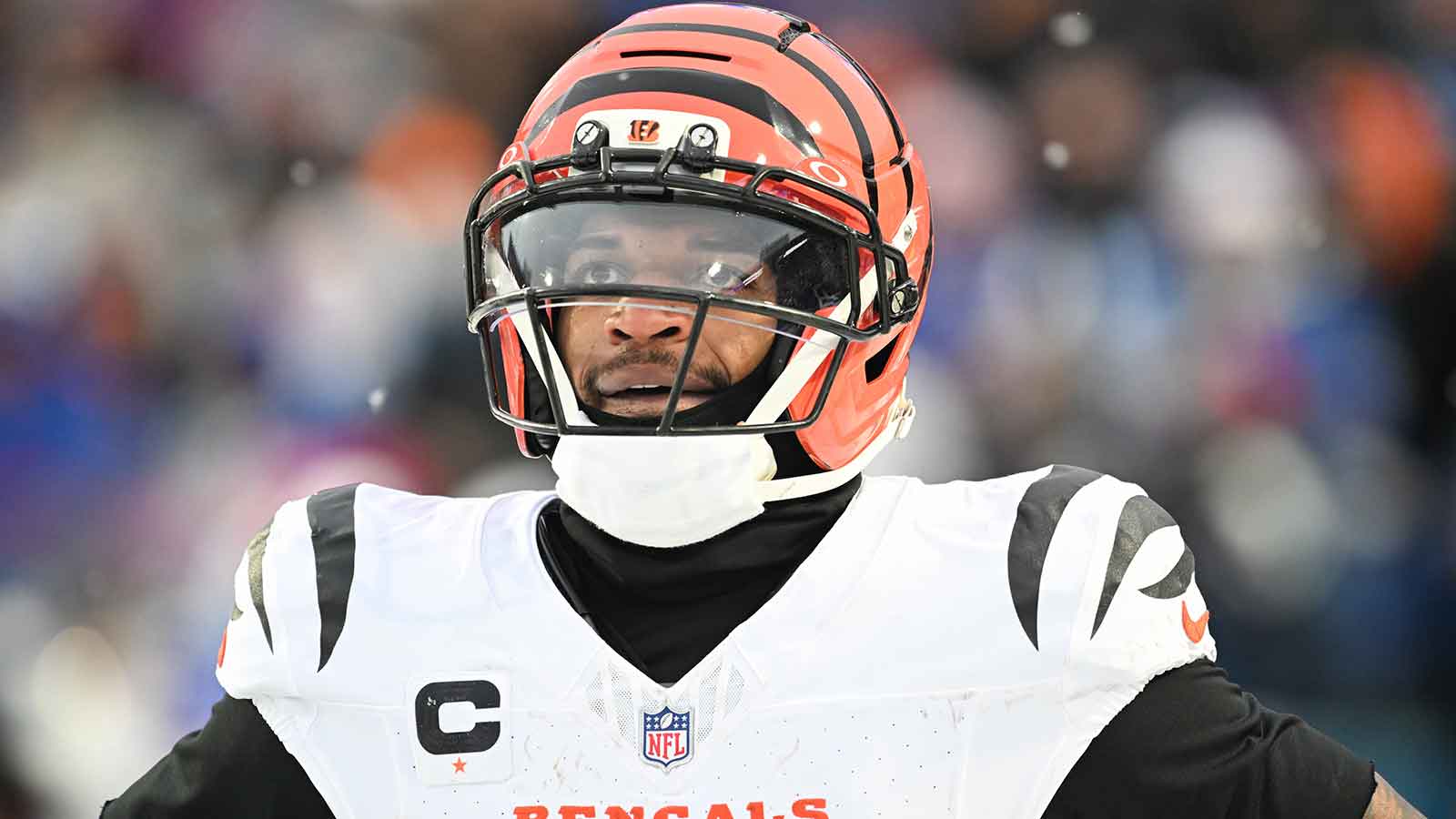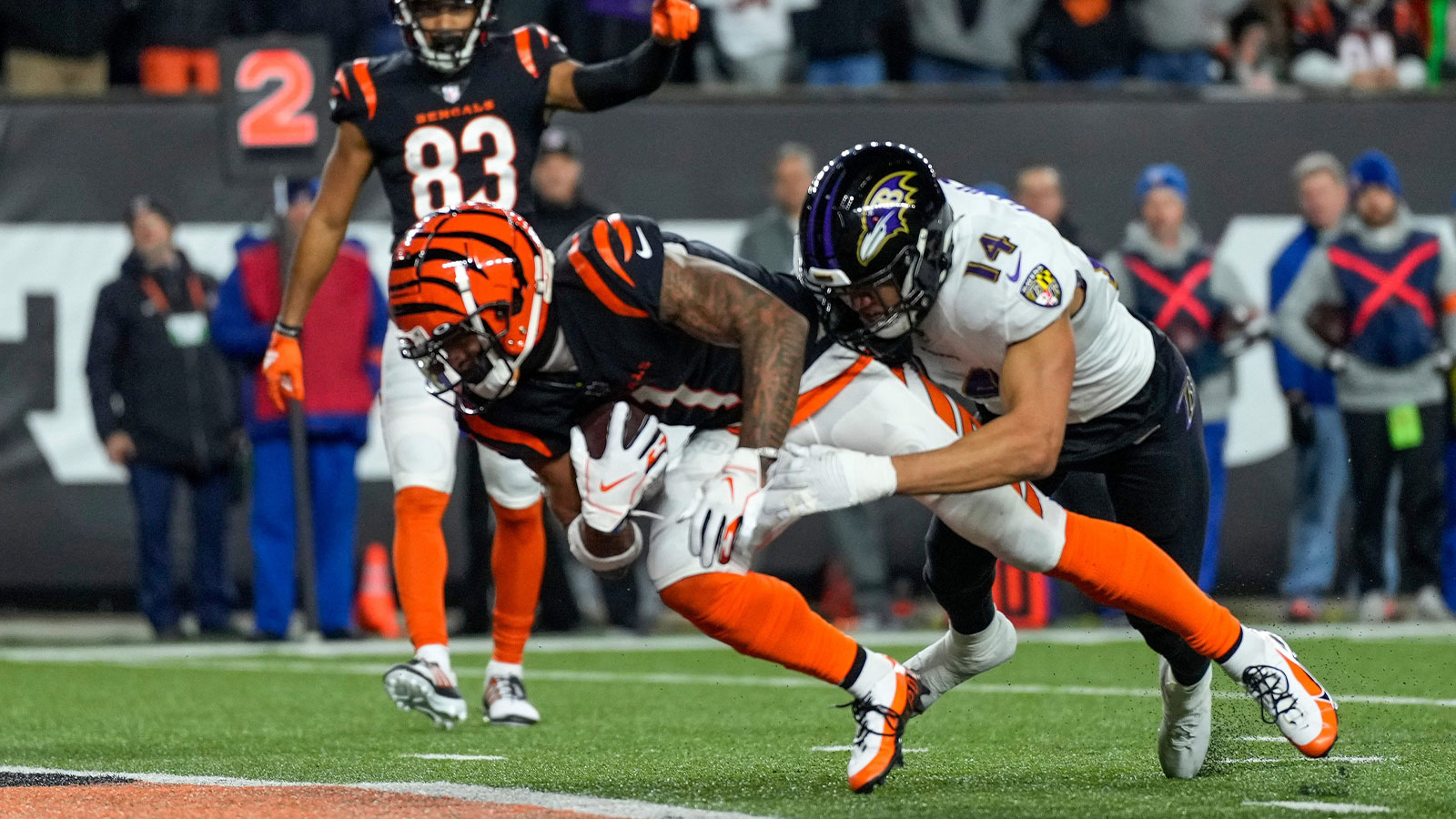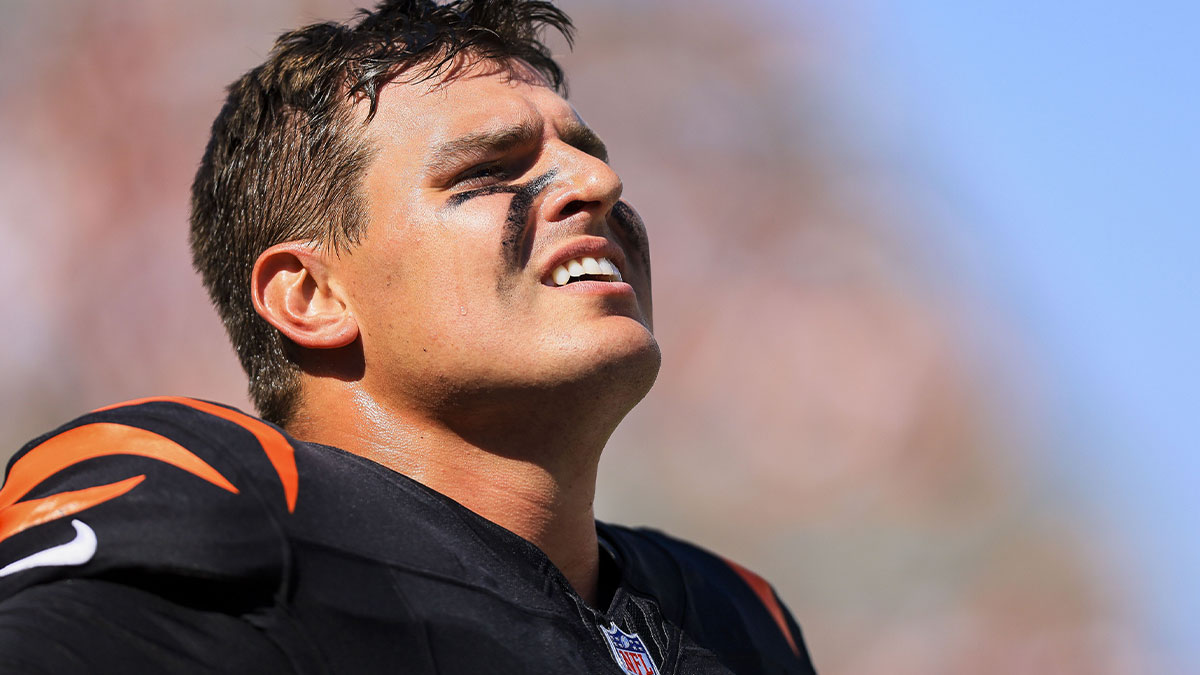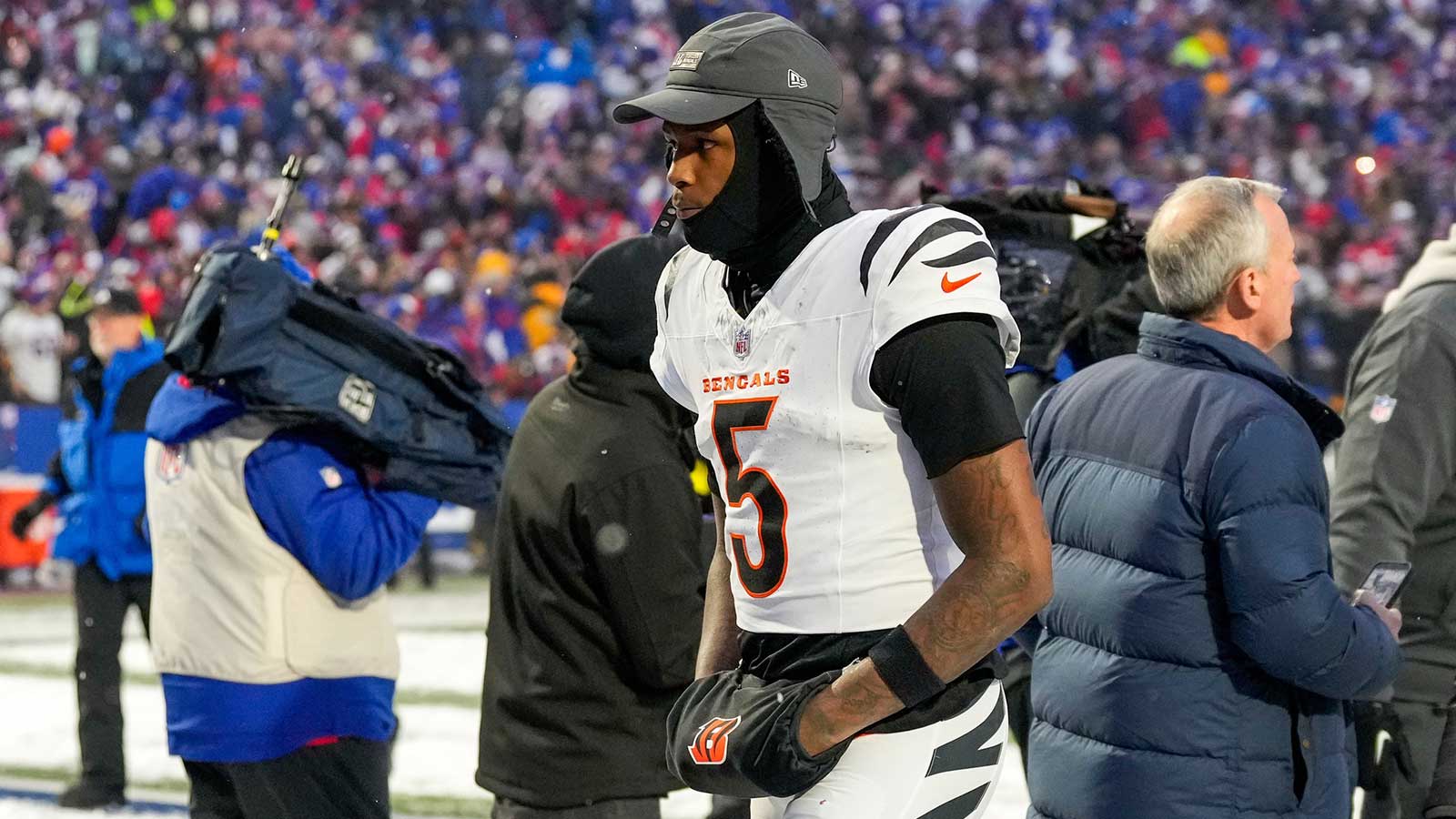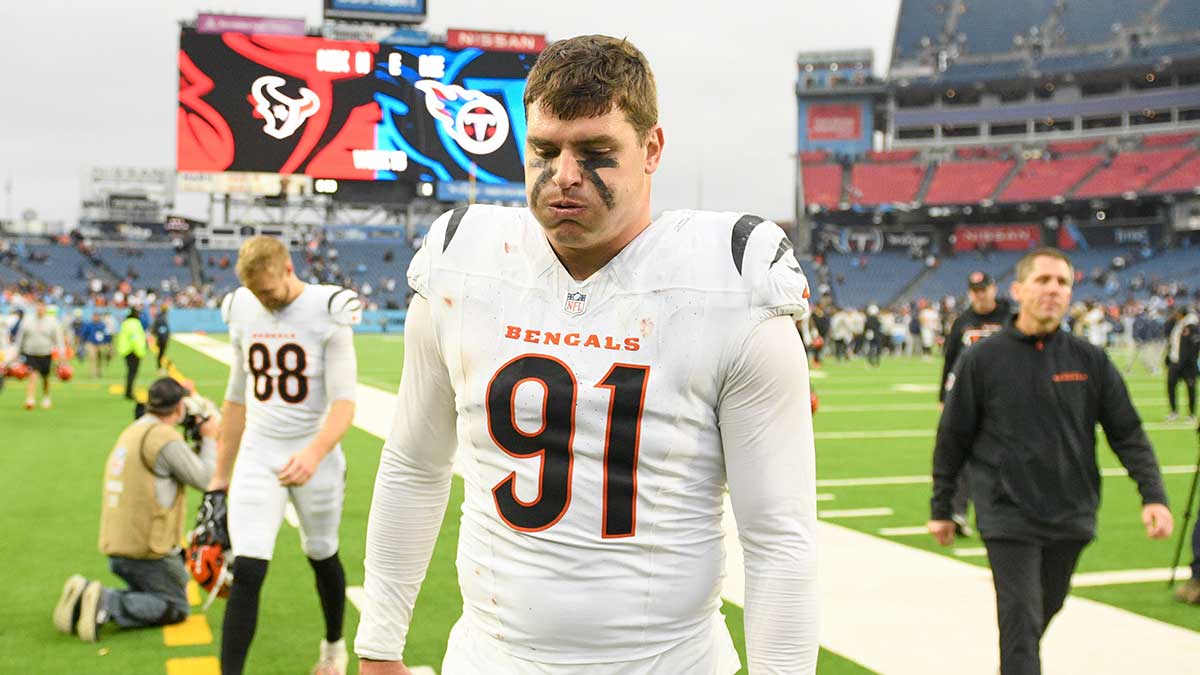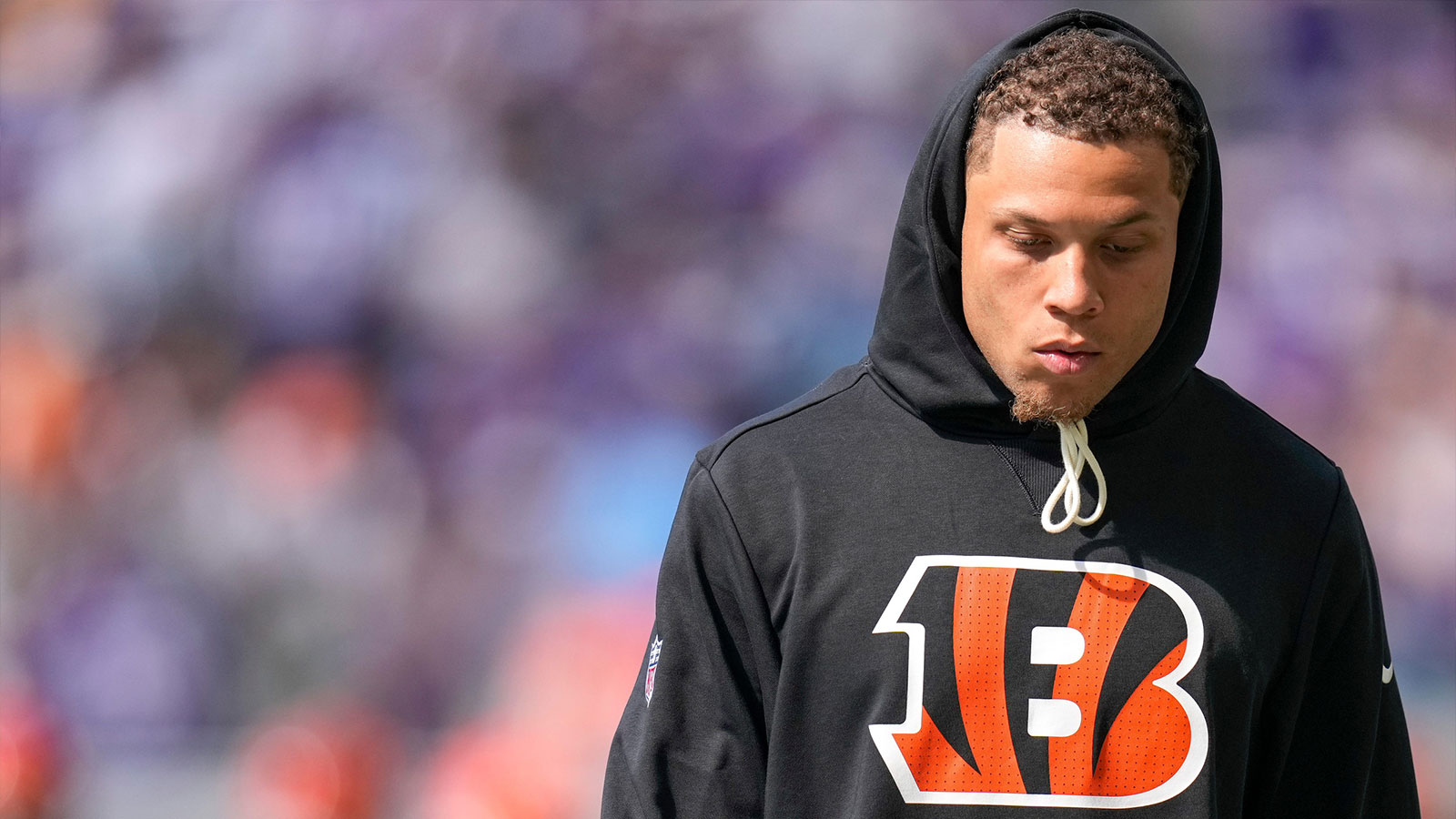The AFC North has a new cellar-dweller, and it's the Cincinnati Bengals. The team placed fourth in the division for the first time since 2010, and is now at a crossroads. Even during their streak of five consecutive playoff appearances between 2011 and 2015, Cincy never advanced past the wildcard round, and hasn't won a postseason game since 1990, which is four years before the Cleveland Browns' last playoff win.
The Bengals have been consistently mediocre since 2002, and there's really no end in sight. Cincinnati did some good things in the 2019 Draft to make sure their future is brighter, but their class wasn't perfect. Here are four takeaways.
4. Offensive depth improved
2018 fourth-round runningback Mark Walton was cut in early April after being arrested three times over the offseason. Cincy added two sixth-rounders to replace him in Trayveon Williams and Rodney Anderson. Each back has different strengths and weaknesses, and should be good backups for starter Joe Mixon.
Since stalwart left tackle Andrew Whitworth left in free agency in 2017, the Bengals' offensive line has been one of the worst in the league. In 2018, they drafted center Billy Price out of Ohio State, and this year, added another Buckeye in guard Michael Jordan, who moved to center last year to replace Price.
His performance never matched the hype surrounding him, as he was the first freshman OL to start for OSU since the great Orlando Pace back in 1994, but Jordan's physical profile gives him plenty of potential, and he will have time to grow as he backs up Price, Clint Boling and others.
3. Plenty of potential added to the defense
North Carolina State's Germaine Pratt was often mocked to Cleveland at pick 80 in the third round, but they never had a chance to take him there, as the Bengals scooped him up at 72. Pratt is an athletic and rangy linebacker who transitioned from safety last season. Because of his position history, he is adept in coverage, which is crucial for a linebacker in today's game.
His instincts and tackling need work, but he's been an LB for only a season, so this is to be expected. Pratt could end up being the perfect player to cover the AFC North's pass-catching tight ends like Hayden Hurst, Vance McDonald, and David Njoku.
Another player the Browns showed interest in was Arizona State defensive tackle Renell Wren. He totaled just 14.5 tackles for loss and three sacks in his college career, but has elite size and athleticism. At the Scouting Combine, he measured in at 6'5″ 318lbs and his athletic testing included a 32″ vertical jump and a 118″ broad jump (tied for second among DL).
His first step is elite and he has shown immense power. His hand usage, pad level, and overall technique needs plenty of work, but he has the potential to be a great all-around DT, and will have a fantastic mentor in Pro Bowler Geno Atkins.
2. Possible panic leads to a massive reach
With Tyler Eifert no longer able to be relied upon due to consistent injuries, the Bengals needed a tight end, and Alabama's Irv Smith Jr. appeared to be the perfect fit. He offered good athleticism, pass-catching ability, and blocking prowess. A projected second-round pick, it looked like Cincinnati was going to be able to select Smith at 52, but the Minnesota Vikings chose him two spots ahead at 50.
The Bengals did end up taking a tight end, going with Washington's Drew Sample. The problem was that Sample was almost universally viewed as a Day 3 prospect. He had ideal size and physicality, but he lacked the agility and athleticism to be real pass-catching threat. Sample caught 46 passes for 487 yards and five touchdowns. Not in 2018, but in his entire career.
It's possible that Sample becomes a better receiver in the NFL, but even head coach Zac Taylor admitted run blocking is his calling card. The problem is good run blockers can be found much later, like the seventh round, where the Detroit Lions took Isaac Nauta. The value here just wasn't indicative of a second-round pick.
1. The safe pick was the right pick
While Cincy is banking on Sample becoming a better pro than college player, their first-round pick was just the opposite. Despite trading for Cordy Glenn last offseason and re-signing Bobby Hart to a $21 million contract, the Bengals selected Alabama left tackle Jonah Williams 11th overall.
Williams lacks ideal physical traits, but he is a technically refined player, and his preparation is unmatched; he even keeps an Excel speadsheet populated with pass-rush moves and tendencies of his opponents. Some analysts suggested that Williams move inside to guard because of his shorter arms, but it appears as if Cincinnati will keep him at tackle.
Williams may never be elite like his idol, former Brown and future first-ballot Hall of Famer Joe Thomas, but he should be a solid member of the offensive line for the next decade.




